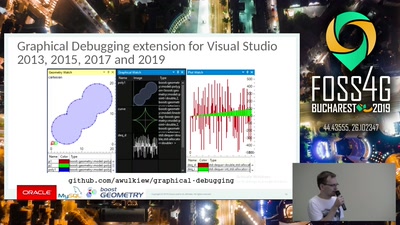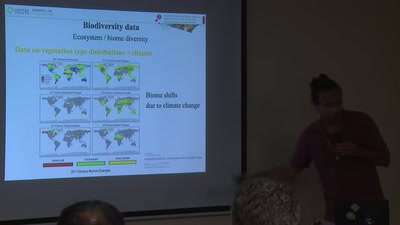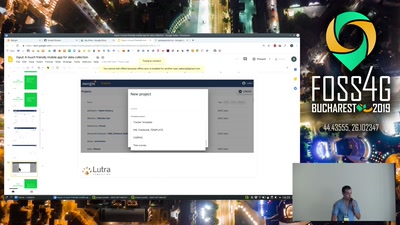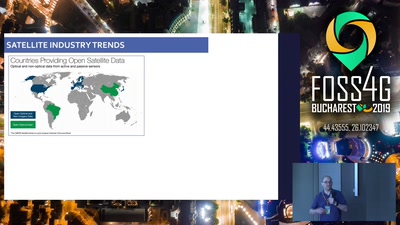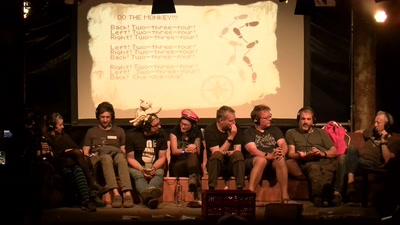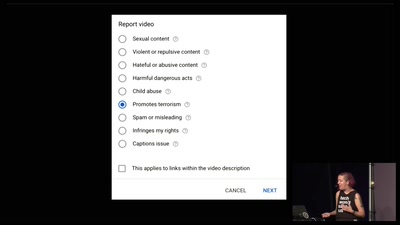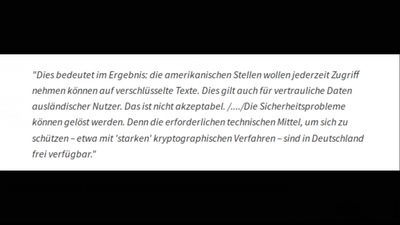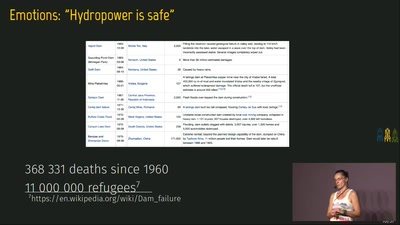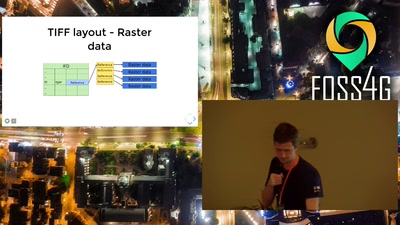Exploratory study of urban resilience in the region of Stuttgart based on OpenStreetMap and literature resilience indicators
Jörn Birkmann, Daniel Feldmeyer and Holger Sauter
Training spatio-temporal OSM-indicators based on the resilience core from Cutter (2016) and exploring the implications for urban planning in the light of revealed thematic tags in the region of Stuttgart.
“Nobody on this planet is going to be untouched by the impacts of climate change”
Rayendra Pachauri (2014)
The overarching nature of building resilience across disciplines and its inherent positive mutual understanding due to the association with the immune system, also amongst the non-scientific community, makes it an attractive and increasing popular concept which everybody seems able to grasp its necessity. Hence there is an exponential increase, even limited down to the key words “urban resilience”, in scientific literature over the last decade. Moreover the concept is also taken up by the New Urban Agenda – Habitat III, the SDG goals and also the IPCC. Hand in hand with this development the definitions and operationalizations are innumerable and starting to lay a smoke screen above it. Conjoined, there is a clear lack of validation of resilience measures, including spatio-temporal aspects but also of the single component of it (Bakkensen 2017). Moreover, traditional data sources like census or governmental data miss out on certain important facets making empirical validation impossible and lack the spatio-temporal resolution necessary to cover the characteristics of resilience (Burton 2014). Hence, this experimental study explores and develops new spatial indicators through machine learning methods derived from OpenStreetMap data to replicate conventional core indicators. In order to cover all spatial attributes indicators for points, lines and areas will be deduced and separately as well as in a combined analysis investigated by means of supervised and unsupervised algorithms. The outcome is expected to uncover hidden spatial relations and patterns of urban resilience. Moreover, Burton (2014) stresses the need for new data sources to better understand the multifaceted phenomena of urban resilience. Therefore this study is contributing in developing robust and reliable socio-economic indicators contributing to this challenge to clear up the smoke.
None

